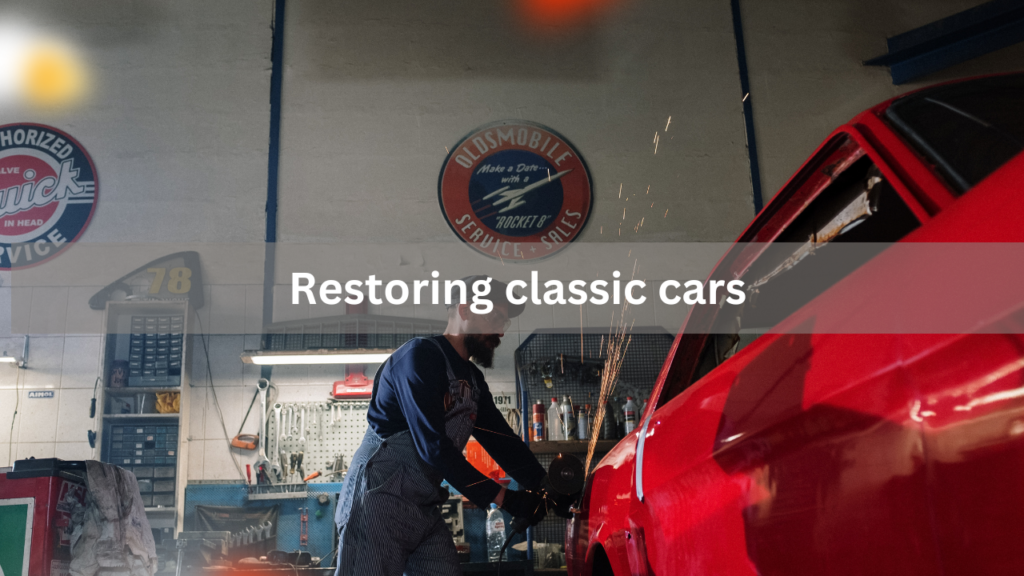
For many automotive enthusiasts, a personal car collection is not just a hobby; it’s a lifelong passion. Behind the closed garage doors of collectors around the world lies a treasure trove of history, engineering marvels, and personal stories. This article delves into the secrets of personal car collections, exploring what drives collectors, the diversity of vehicles they curate, and the emotional connections they foster.
The Allure of Car Collecting
The allure of car collecting often starts in childhood, where a fascination with cars can bloom into a lifelong quest. For some, it begins with a single model—perhaps a childhood favorite or a family heirloom. As their passion grows, collectors seek out cars that resonate with them personally. This could include classic muscle cars, vintage European models, or even rare exotic supercars. The thrill of the hunt for these vehicles—scouring online marketplaces, attending auctions, and networking with fellow enthusiasts—adds to the excitement of building a collection.
Diversity in Collections
Personal car collections can vary significantly in size and scope. Some collectors focus on a specific make or era, while others might choose to amass a more eclectic assortment. For example, a collector might specialize in American muscle cars from the 1960s, featuring iconic models like the Ford Mustang and Chevrolet Camaro. Others may gravitate towards European classics, showcasing elegant designs from brands like Ferrari, Porsche, and Aston Martin.
Additionally, the trend of electric vehicles (EVs) is beginning to emerge in personal collections. As technology advances, collectors are increasingly looking at the early models of Tesla or other pioneering electric cars as future classics. This diversity not only showcases the evolution of the automotive industry but also reflects the personal tastes and values of the collectors themselves.
The Emotional Connection
What truly sets car collections apart is the emotional connection between the collector and their vehicles. Each car in a collection often has its own story, reflecting significant moments in the collector’s life. Whether it’s a car that reminds them of their first driving experience or one that evokes memories of road trips with family, these vehicles become a part of the collector’s identity.
Moreover, the social aspect of car collecting cannot be overlooked. Many collectors join clubs or online communities where they can share their passion with like-minded individuals. Events such as car shows, rallies, and meet-ups offer opportunities to showcase their vehicles and connect with others who share similar interests. These gatherings foster a sense of camaraderie and community, allowing collectors to exchange tips, stories, and even swap parts.
The Investment Factor
While the emotional aspects of car collecting are paramount, the investment potential of certain vehicles can also drive collectors. Many classic cars appreciate in value over time, making them appealing not just as hobbies but also as financial investments. However, it’s important to note that not all cars will appreciate, and collectors often advise newcomers to focus on passion over profit.
Conclusion
Behind the garage doors of personal car collections lies a world rich with stories, passion, and community. Collectors find joy not only in the vehicles themselves but in the memories they evoke and the connections they foster. Whether it’s the thrill of acquiring a rare find or the satisfaction of restoring a classic to its former glory, car collecting remains a unique and fulfilling pursuit that continues to capture the hearts of enthusiasts around the globe.








